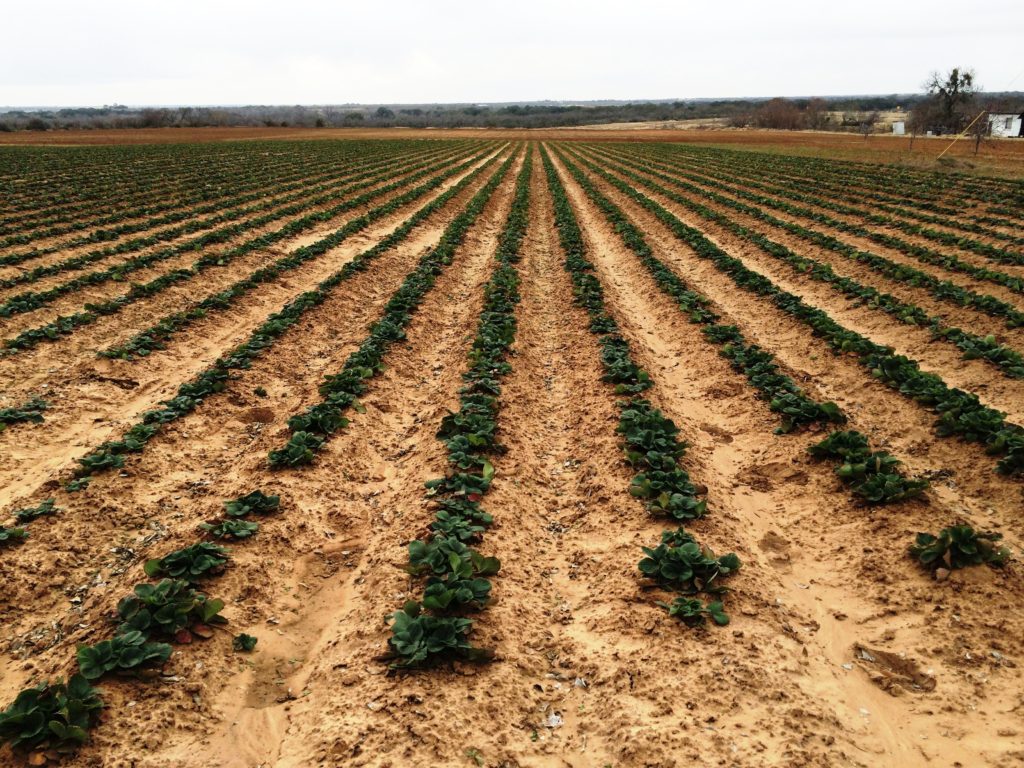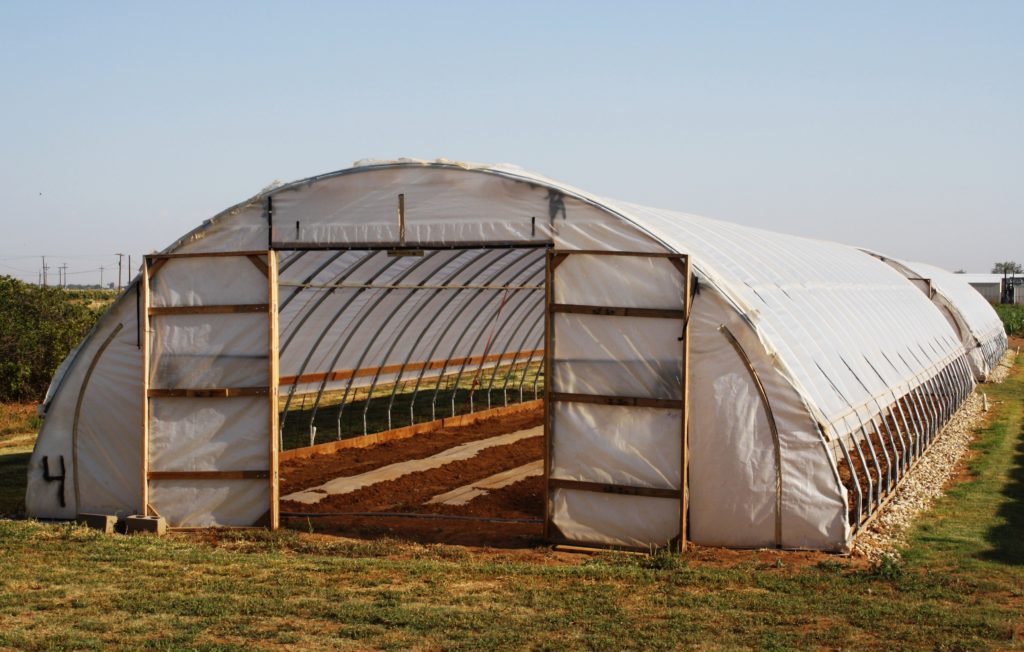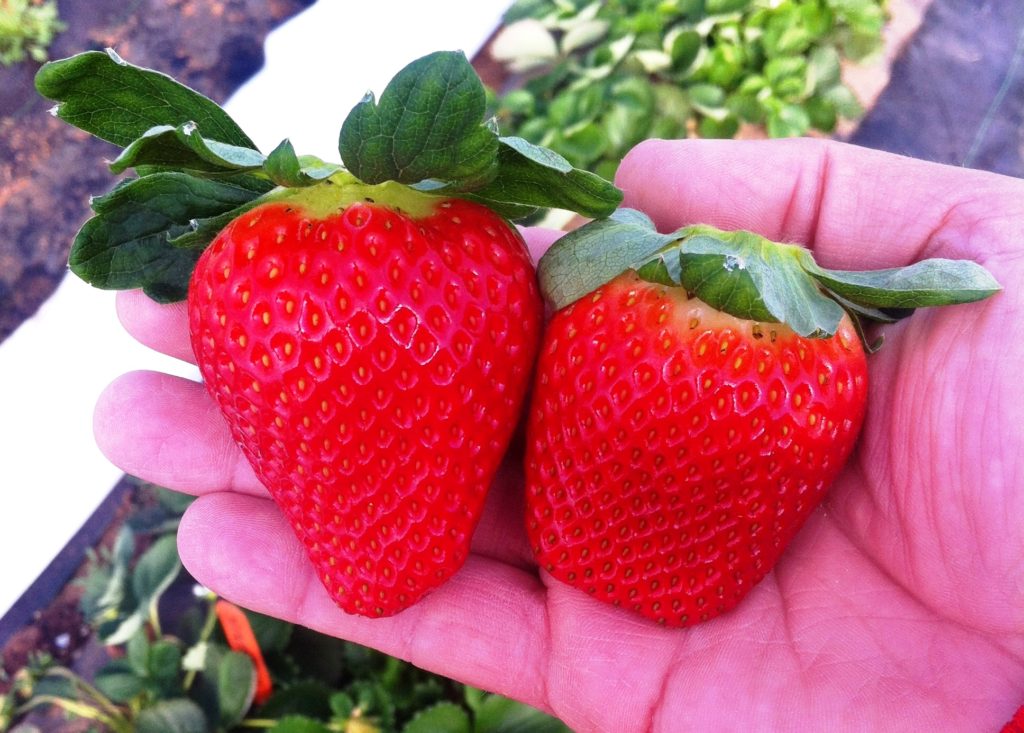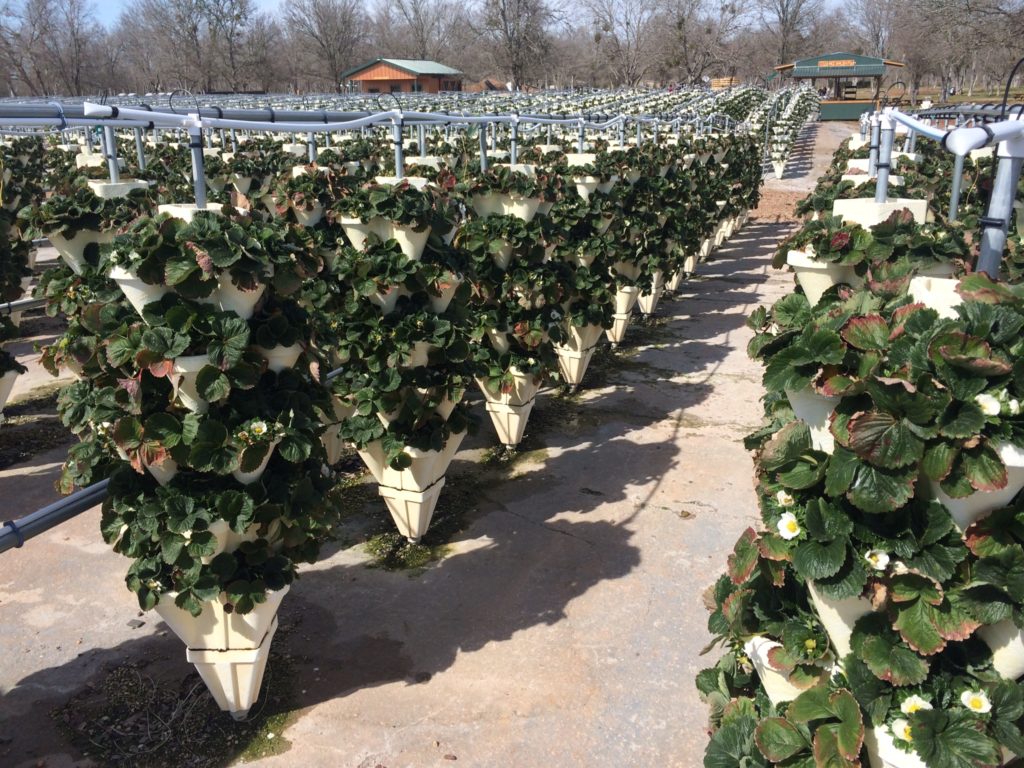
How to Grow Strawberries on Your Land
Small-Farm Strawberry Production: Considerations for Landowners in Texas
By: Russ Wallace
Associate Professor & Extension Horticulturist
Texas A&M AgriLife Extension – Lubbock
Email: rwwallace@ag.tamu.edu Office: 806-746-6101
Texas has a large number of growers engaged in small farm agriculture. The majority of these have $25,000 or less in annual sales (2007 USDA Census of Agriculture). With the expected statewide economic and population growth expected to increase over the next decade, both small and large farm producers are looking for alternatives to increase their income potential.
Strawberries are a high-value crop with high profit potential. However, whether you currently have land or are interested in investing land for production, the decision to grow strawberries (or any vegetable or fruit crop for that matter) must first be investigated thoroughly. Information on specific crop production can be obtained by visiting http://aggie-horticulture.tamu.edu/.
Currently, information on Texas strawberry production is limited, but continues to increase due to Texas A&M AgriLife Research and Extension efforts through the 2013 National Strawberry Sustainability Initiative with funds administered by the University of Arkansas and sponsored by The Walmart Foundation. Through this statewide collaboration, a Texas strawberry production guide will be published June 2014.
Before planting strawberries, the most important question to ask should be: Is there a market for me to sell strawberries? According to Dr. Marco Palma, Extension Economist with Texas A&M AgriLife Extension, strawberry growers have numerous alternatives for marketing and each alternative has characteristics that make them more advantageous for different producers.
The volume of berries grown, land location and distance from customers, labor at critical times, marketing needs, and potential berry quality (customer expectations) are just a few factors for consideration. Growers should develop marketing strategies prior to spending even one dollar on strawberry production.
Strawberry marketing alternatives can be classified using direct or non-direct markets. Direct-markets involve growers interacting with customers on a one-on-one basis and include pick-your-own operations, roadside stands, community supported agriculture (customer participation and subscription farms), and farmers’ markets. Non-direct markets involve growers interacting with market intermediaries like terminal market firms, shipping point firms, processors, grower cooperatives, brokers, and retail outlets.
Whichever marketing strategy you decide is best, one must also develop a production strategy for their strawberries. Many first-time growers have learned through costly mistakes by not developing an appropriate farm strategy. Contact an Extension Risk Management Specialist for assistance if needed.
Open Field Production
The first strategy for strawberry production includes growing in the open field, or planting directly into the soil without any crop protection. This strategy is cheapest for beginners, but crops are also susceptible to climate extremes (hail, wind and untimely rains).
Strawberries grow best in soils with a pH between 6.5 and 7.0, but successful production can be achieved even at higher pH levels. Alkaline or saline soils and heavy clay soils should be avoided. Labor costs can be high, especially with weed control. Open field growers may choose to include plastic mulches with drip irrigation to increase yields, increase water use efficiency, and suppress weeds (Figure 1). This will increase production costs as well.

High Tunnel Strawberry Production
With limited land resources, high tunnel production may be an option for some growers. High tunnels (also known as hoop houses) are not new technology, but growers in Texas have recently expanded their in use. High tunnels are typically plastic-covered metal frames where crops are planted directly into the soil with no supplemental heating (Figure 2).

High tunnel production generally includes the use of plastic mulch and drip irrigation. However, tunnels are great for increasing yields and quality through season extension (planting earlier or later) and for berry protection against adverse weather (wind, hail, freezes, and unexpected heavy rains).
In colder regions of the state, high tunnels allow for year-round crop production. For more information, visit the AgriLife Bookstore (http://www.agrilifebookstore.org), Extension publications HT-016 and HT-029.
High tunnel sizes range from small (6’ x 15’) to large (30’ x 96’), and depending on the model and construction materials can range in costs from $600 (homemade) to $10,000 or more (commercially-available models). The high tunnel model you choose should depend on your available funds, as well as land space and water availability.
High tunnel strawberry research at the Texas A&M AgriLife Research & Extension Center in Lubbock, and with collaborating growers from surrounding counties has shown the potential for successful production and marketing even in stressful climates like the High Plains. In 2013, strawberries in Lubbock were produced off-season and marketed by growers to high-end restaurants for a significant profit (Figure 3). In fact, local strawberries were preferred by chefs over berries purchased from the local retail stores.

Over the past two years, qualified Texas growers have received cost-sharing funds through the Natural Resources Conservation Service (NRCS) to alleviate the initial startup costs associated with high tunnels. For more information on cost-sharing opportunities visit: http://www.nrcs.usda.gov/wps/portal/nrcs/detailfull/national/programs or call your local NRCS office.
Hydroponic Strawberry Production
A third but much more expensive strategy is to grow strawberries in hydrostackers or using hydroponic technology. This production strategy has very high initial set-up costs, but is excellent for growers with very limited land resources. Strawberry yields are increased significantly by using a vertical approach to production instead planting horizontally on the ground (Figure 4).

The number of plants grown using hydrostackers and/or hydroponic technology can be10 to 20 times higher than that of traditional plantings; which is a more efficient use of production space. Strawberry plants grown using these technologies are generally produced inside high tunnels or greenhouses, but in some locations can also be grown in the open field. Another advantage of these technologies is that there is little bending required during harvest, thereby reducing labor issues.
Whichever market and production strategies are selected, landowners contemplating strawberries should also carefully consider their plans for irrigating, fertilizing, as well as insect and disease management of the crop. The equipment needed to shape strawberry beds and lay the drip tape and plastic mulches may be expensive or difficult to find, and thus contractors may be needed the first several years.
Strawberries have somewhat high requirements for water (especially during peak harvests), and do not do well in water-logged soils. Good, clean water applied uniformly throughout the season is essential. Strawberries are also susceptible to deer-feeding and bird or varmint damage, so appropriate exclusionary control measures should be taken.
Finally, the decision whether to use your land for strawberries or not depends largely on your willingness to put in the hours required for successful production. While high profits are possible even on relatively small acreage, the high labor requirement and initial expenses needed annually to successfully produce and market strawberries should be carefully considered. Many large acreage growers and ranchers may find the added distraction to produce strawberries, even on a small scale, not worth the time and inputs required.
For more information, contact the Dr. Russ Wallace at rwwallace@ag.tamu.edu.
